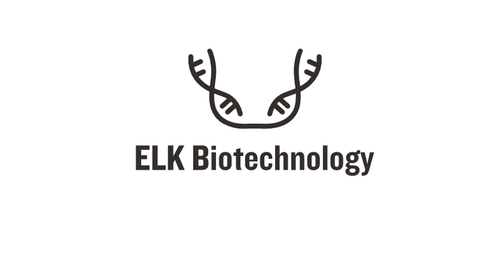Product Description
Chicken Hydroxyacylglutathione hydrolase, mitochondrial (HAGH) ELISA Kit | AE60894CH | Abebio
Species Reactivity: Chicken (Gallus)
Abbreviation: HAGH
Alternative Name: GLO2; GLX2; GLXII; HAGH1; glyoxalase II|hydroxyacylglutathione hydroxylase
Application: ELISA
Range: 0.312-20 ng/mL
Sensitivity: 0.129 ng/mL
Intra-Assay: ≤4.6%
Inter-Assay: ≤7.4%
Recovery: 1, 02
Sample Type: Serum, Plasma, Other biological fluids
Detection Method: Sandwich
Analysis Method : Quantitive
Test Principale: This assay employs a two-site sandwich ELISA to quantitate HAGH in samples. An antibody specific for HAGH has been pre-coated onto a microplate. Standards and samples are pipetted into the wells and anyHAGH present is bound by the immobilized antibody. After removing any unbound substances, a biotin-conjugated antibody specific for HAGH is added to the wells. After washing, Streptavidin conjugated Horseradish Peroxidase (HRP) is added to the wells. Following a wash to remove any unbound avidin-enzyme reagent, a substrate solution is added to the wells and color develops in proportion to the amount of HAGH bound in the initial step. The color development is stopped and the intensity of the color is measured.
Product Overview: Glyoxalase II, otherwise known as hydroxyacyl-glutathione hydrolase, converts the intermediate substrate S-lactoyl-glutathione to reduced glutathione and D-lactate. By study of somatic cell hybrids, Honey and Shows (1981) concluded that the gene for glyoxalase II is on chromosome 16. Mulley and Callen (1986) confirmed the assignment of HAGH to chromosome 16 by studies of a human-mouse hybrid panel. They found that both HAGH and phosphoglycolate phosphatase (PGP) were present only in those cell lines containing 16p13. Board (1980) described rare polymorphism, observed only in a Micronesian population in which a new variant allele had a frequency of 0.016. In the heterozygotes, the electrophoretic pattern was a double band, suggesting that the structure of glyoxalase II is monomeric.
Stability: The stability of ELISA kit is determined by the loss rate of activity. The loss rate of this kit is less than 5% within the expiration date under appropriate storage condition. The loss rate was determined by accelerated thermal degradation test. Keep the kit at 37°C for 4 and 7 days, and compare O.D.values of the kit kept at 37°C with that of at recommended temperature. (referring from China Biological Products Standard, which was calculated by the Arrhenius equation. For ELISA kit, 4 days storage at 37°C can be considered as 6 months at 2 - 8°C, which means 7 days at 37°C equaling 12 months at 2 - 8°C) .
 Euro
Euro
 USD
USD
 British Pound
British Pound
 NULL
NULL












